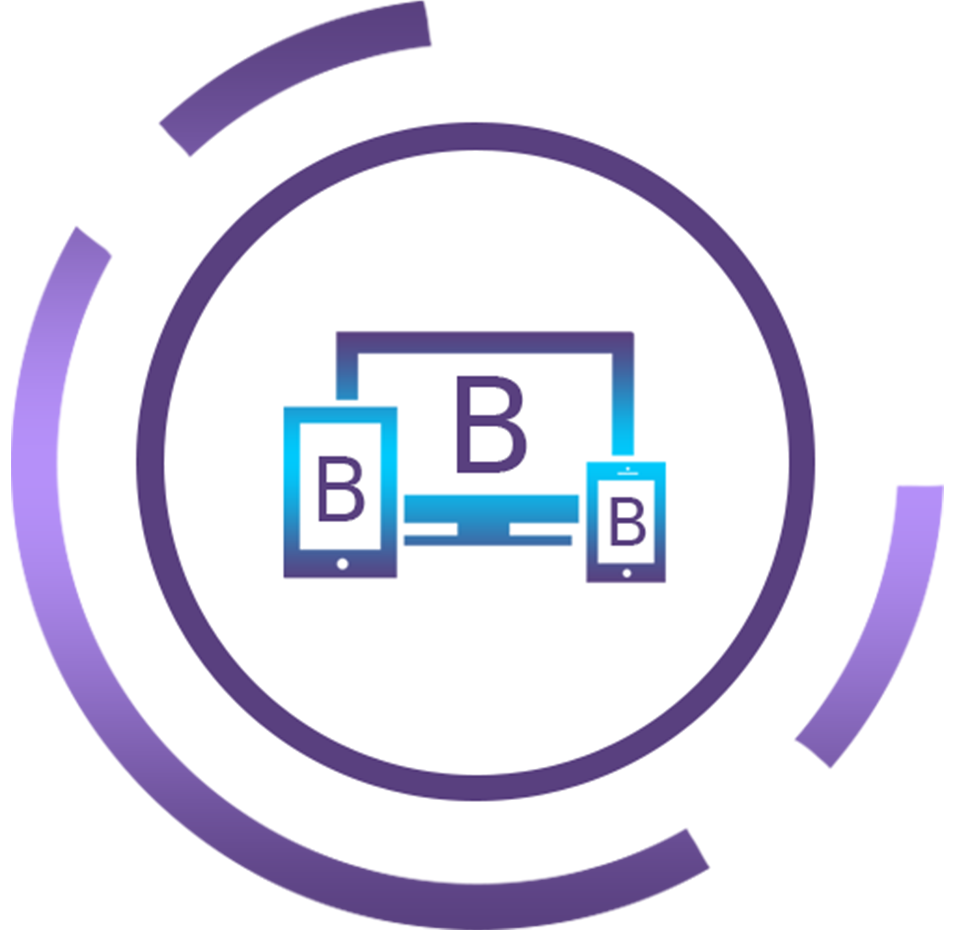Exploring the Power of Bootstrap: Building Modern and Responsive Websites
Introduction:
In today's fast-paced digital world, creating visually appealing and responsive websites has become a necessity. Bootstrap, an open-source front-end web development framework, has emerged as a game-changer for developers, offering a plethora of tools and components to streamline the website-building process. In this blog, we'll delve into the world of Bootstrap, exploring its key features, advantages, and how it revolutionizes web development.
What is Bootstrap?
Bootstrap is a powerful and flexible toolkit developed by Twitter to facilitate the creation of mobile-first, responsive websites and web applications. It provides a set of ready-to-use HTML, CSS, and JavaScript components, saving developers time and effort when building user interfaces.


